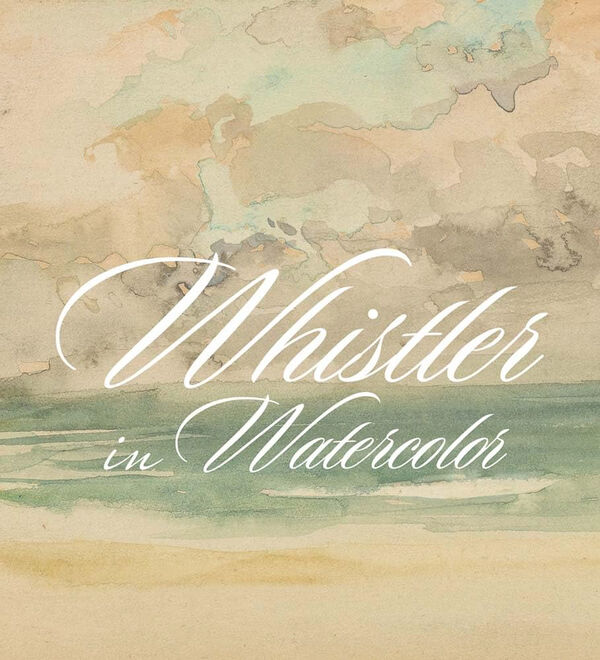Kontakt
art book cologne GmbH & Co. KG
Deutzer Freiheit 107
50679 Köln
Germany
Öffnungszeiten Büro und Showroom:
Montag-Freitag von 8-17 Uhr
info@artbookcologne.de
Tel.: +49 221 800 80 80
Fax: +49 221 800 80 82
Über uns
Seit 1997 sind wir Großhandel für hochwertige Publikationen der Gebiete Kunst, Kunsttheorie, Kunstgewerbe, Architektur, Design, Fotografie und illustrierte Kulturgeschichte. Unser kleines Team setzt sich aus den Fachgebieten Kunst, Kultur, Musik, Buchhandel und Medien zusammen und hat bei aller Vielfalt einen gemeinsamen Nenner: Die Begeisterung für schöne Kunstbücher.
Der Schwerpunkt unserer Tätigkeit liegt in der Übernahme von Restauflagen von Verlagen, Museen und Kunstinstitutionen. Wir bieten diese Titel dem Sortiments- und Versandbuchhandel, den Museumsshops und dem Kunsthandel an.
Whistler in Watercolor
| Verlag | Smithsonian Institution |
| Jahr | 2019 |
| Einbandart | Leinen |
| Sprache | Englisch |
| ISBN | 978-0-300-24362-8 |
| Seiten | 288 |
| Gewicht | 1790 g |
| Mehr | |
| Autor(en) | Lee Glazer, Emily Jacobson, Blythe McCarthy et al. |
| Artikel ID | art-64113 |
A focused investigation of Whistler’s watercolors that introduces readers to a rarely seen aspect of the artist’s creative output.
In the 1880s, James McNeill Whistler (1834–1903) reinvented himself through the medium of watercolor. At the time, excellence in watercolor was most often associated with British artists, and most notably with the work of J. M. W. Turner (1775–1851). Whistler’s embrace of watercolor allowed the expatriate artist to present himself as an heir to the great Turner, while at the same time creating easily portable works that could supply an American market and, the artist hoped, help secure his art-historical legacy in his home country. Indeed, it was the American Gilded Age industrialist Charles Lang Freer who would amass the largest collection of Whistler’s watercolors, eventually bequeathing them to the Smithsonian in 1906.
This publication is the first systematic study of Freer’s amazing treasure trove of more than 50 watercolors by Whistler and includes figures, landscapes, nocturnes, and interiors. Providing both an art-historical context that looks into the contemporary reception of the works, as well as rigorous scientific analysis of Whistler’s materials and techniques, this volume offers a groundbreaking look into an overlooked segment of the celebrated artist’s oeuvre.

